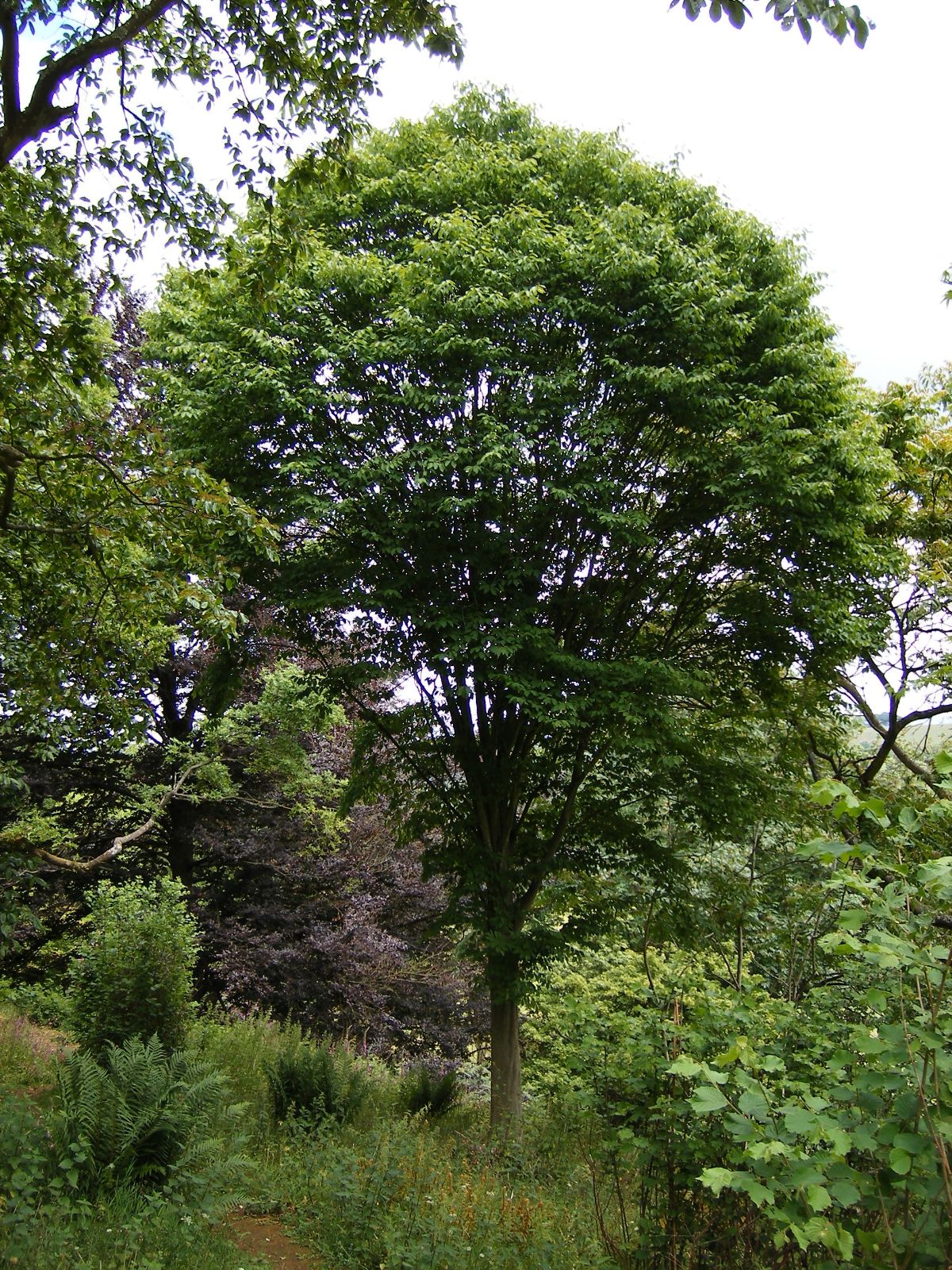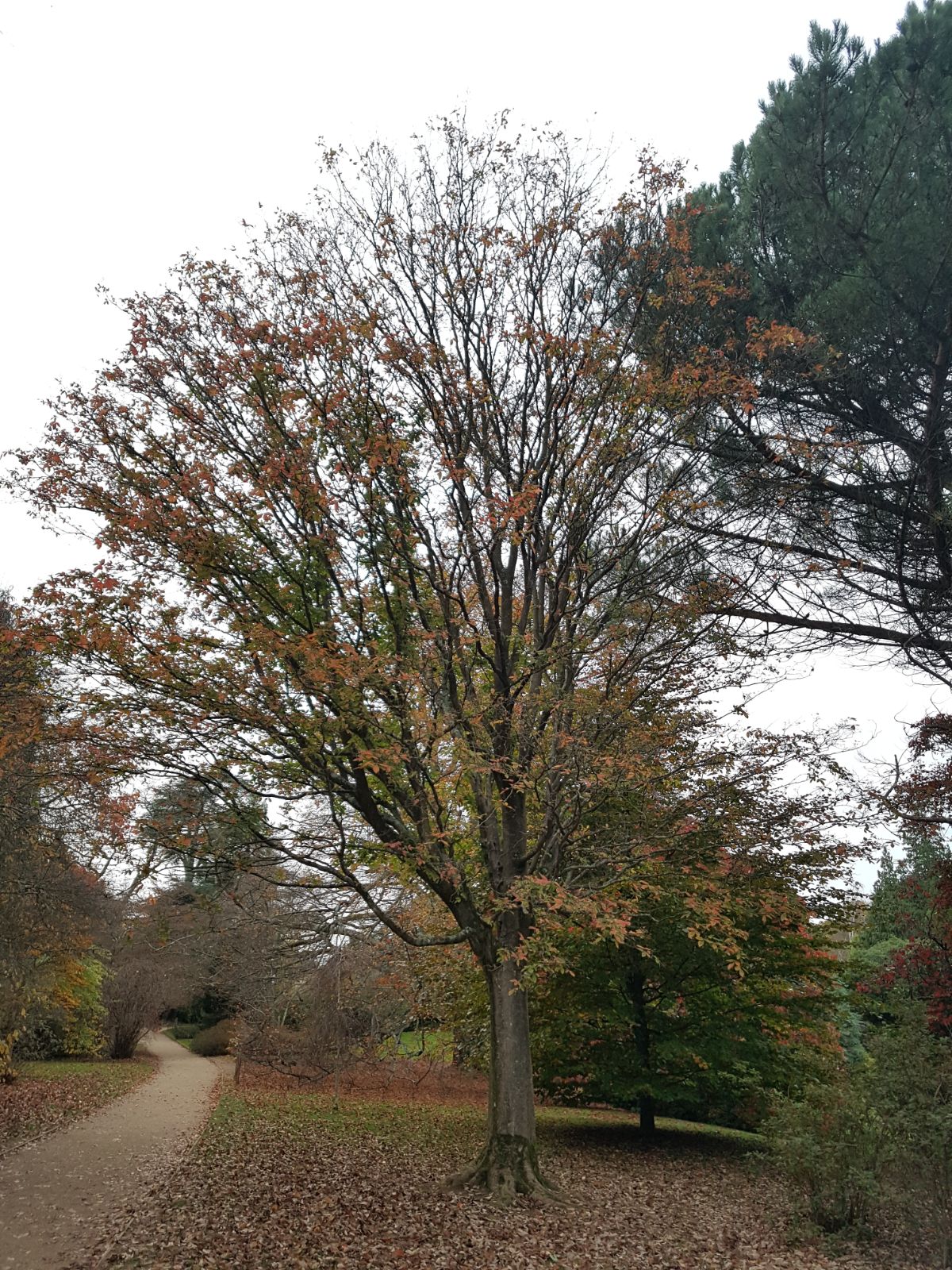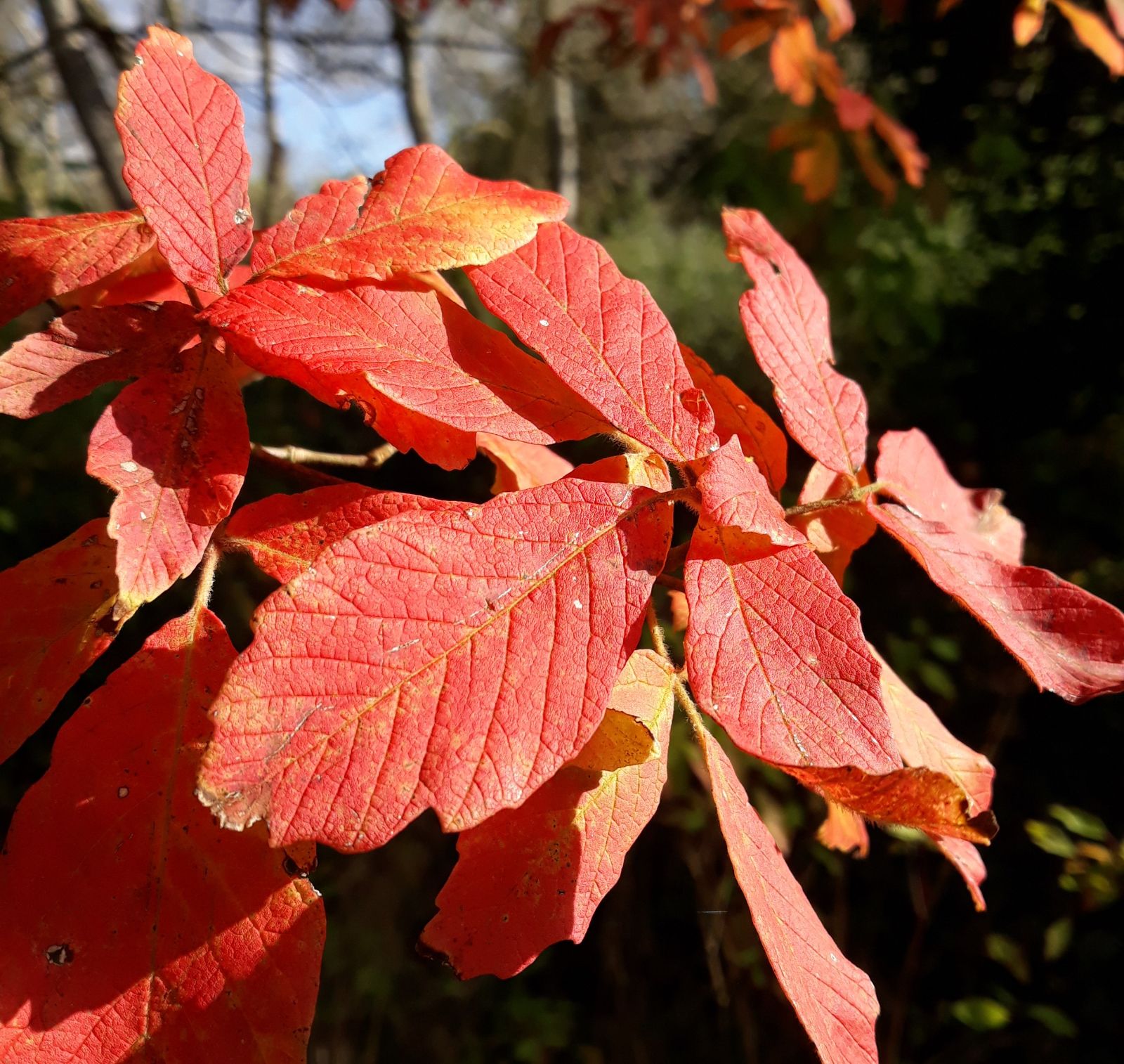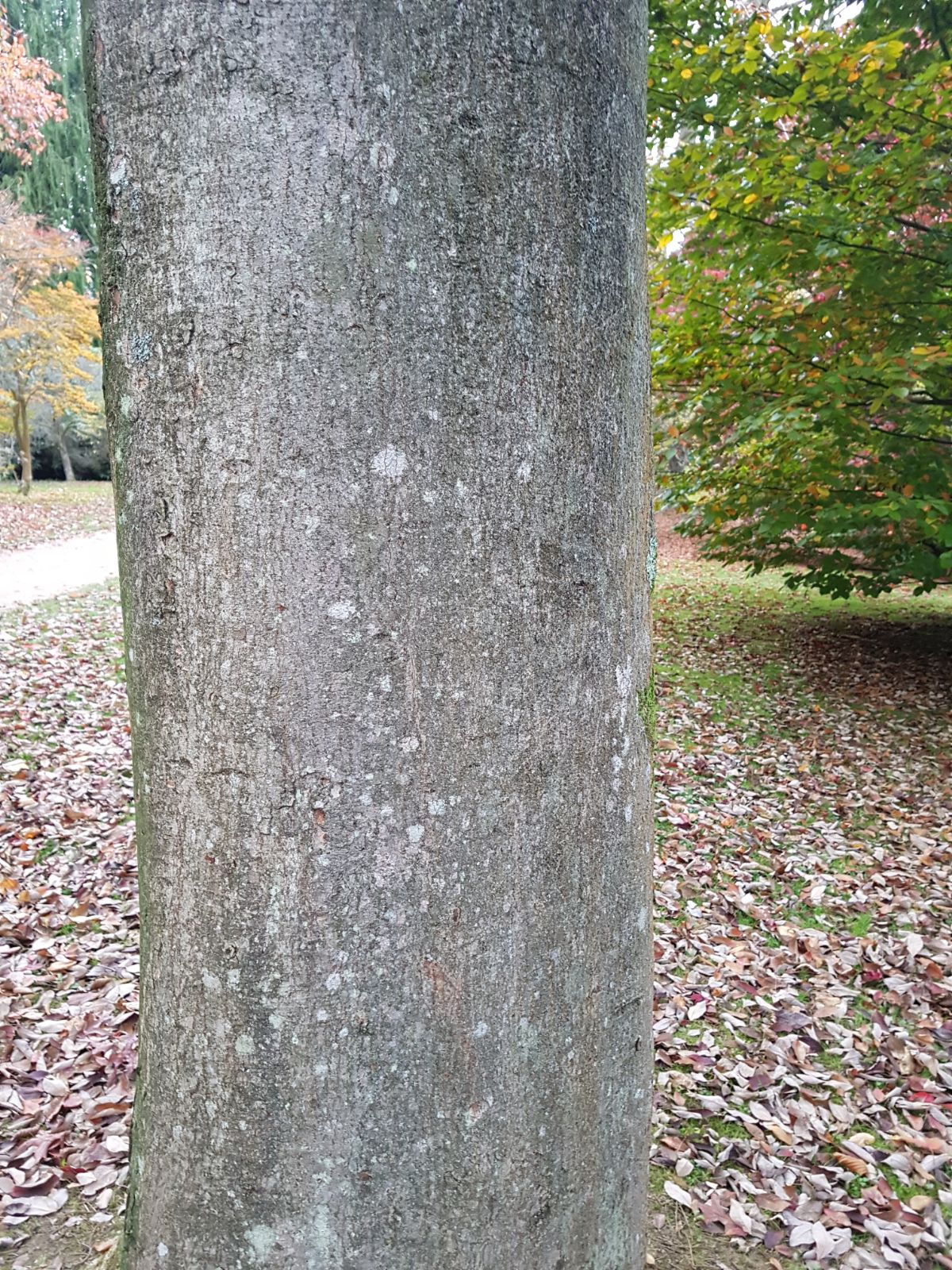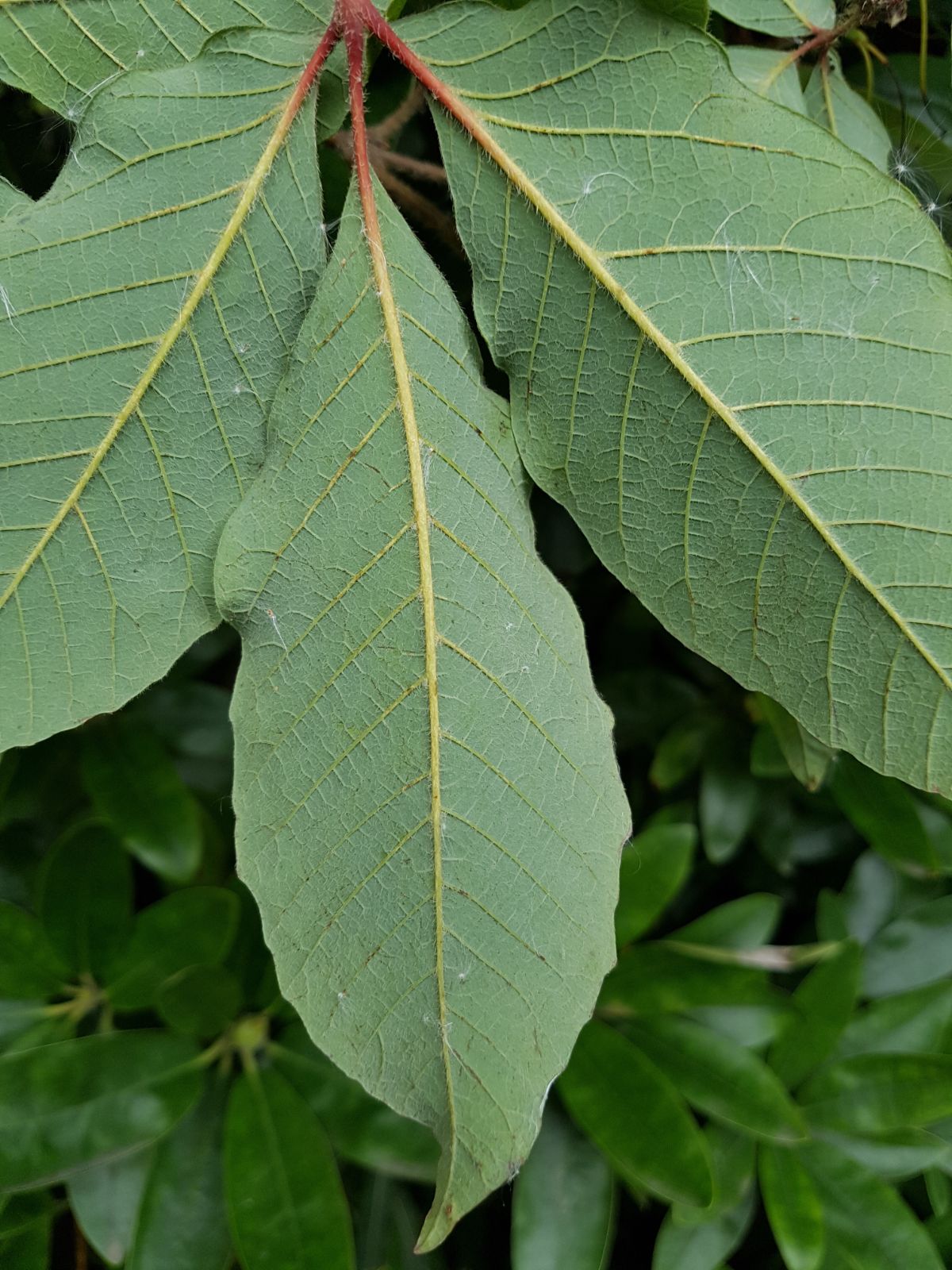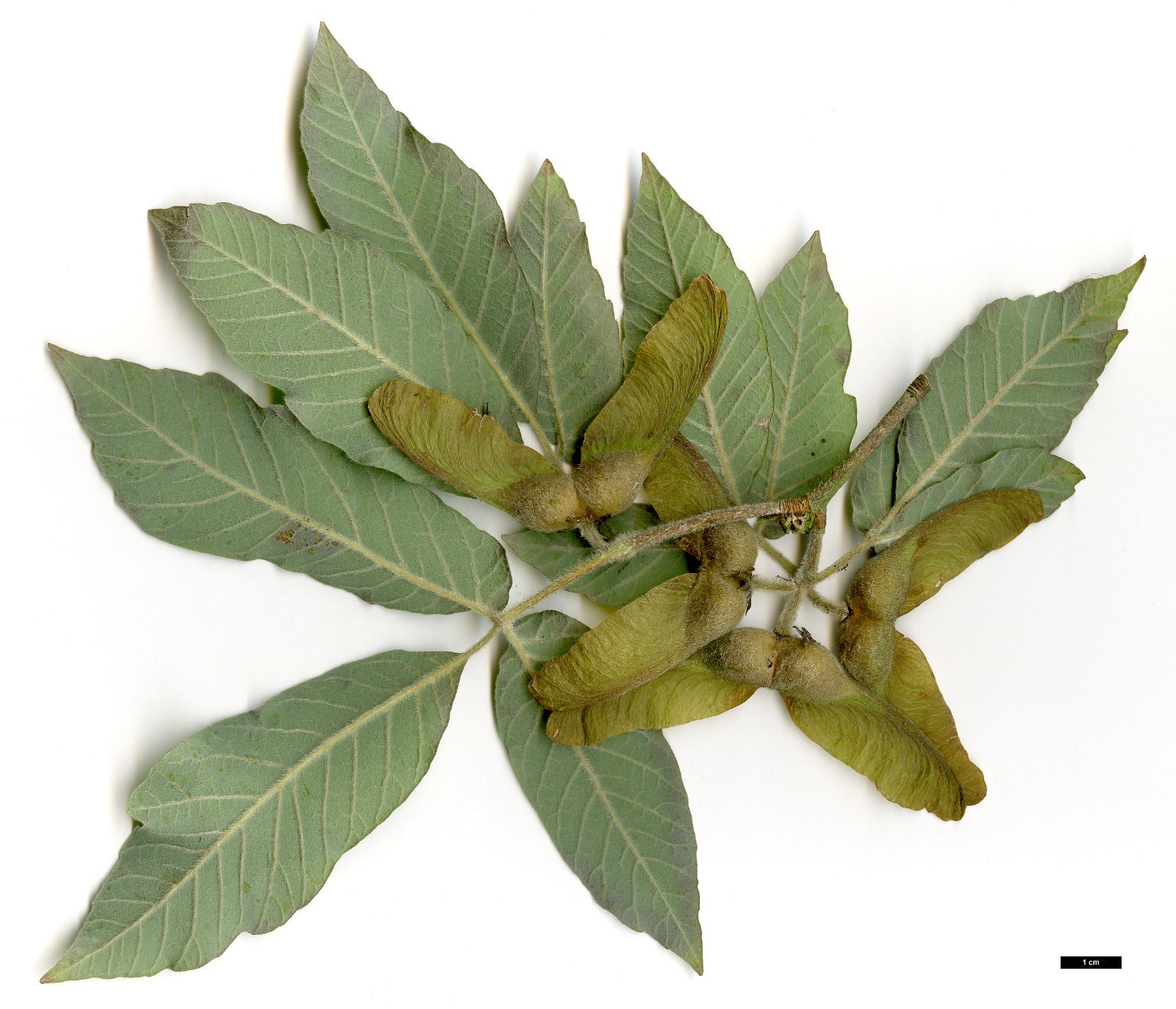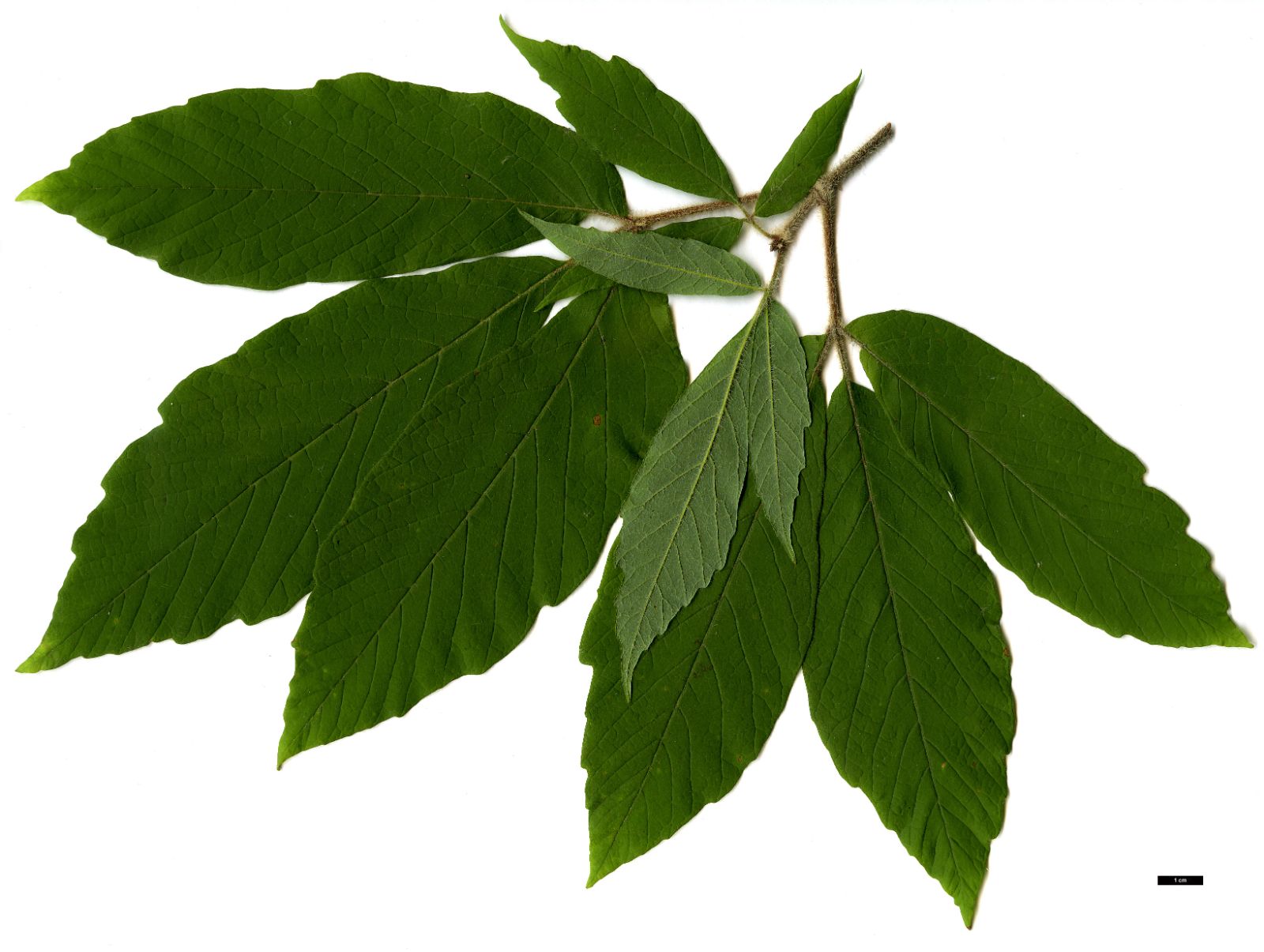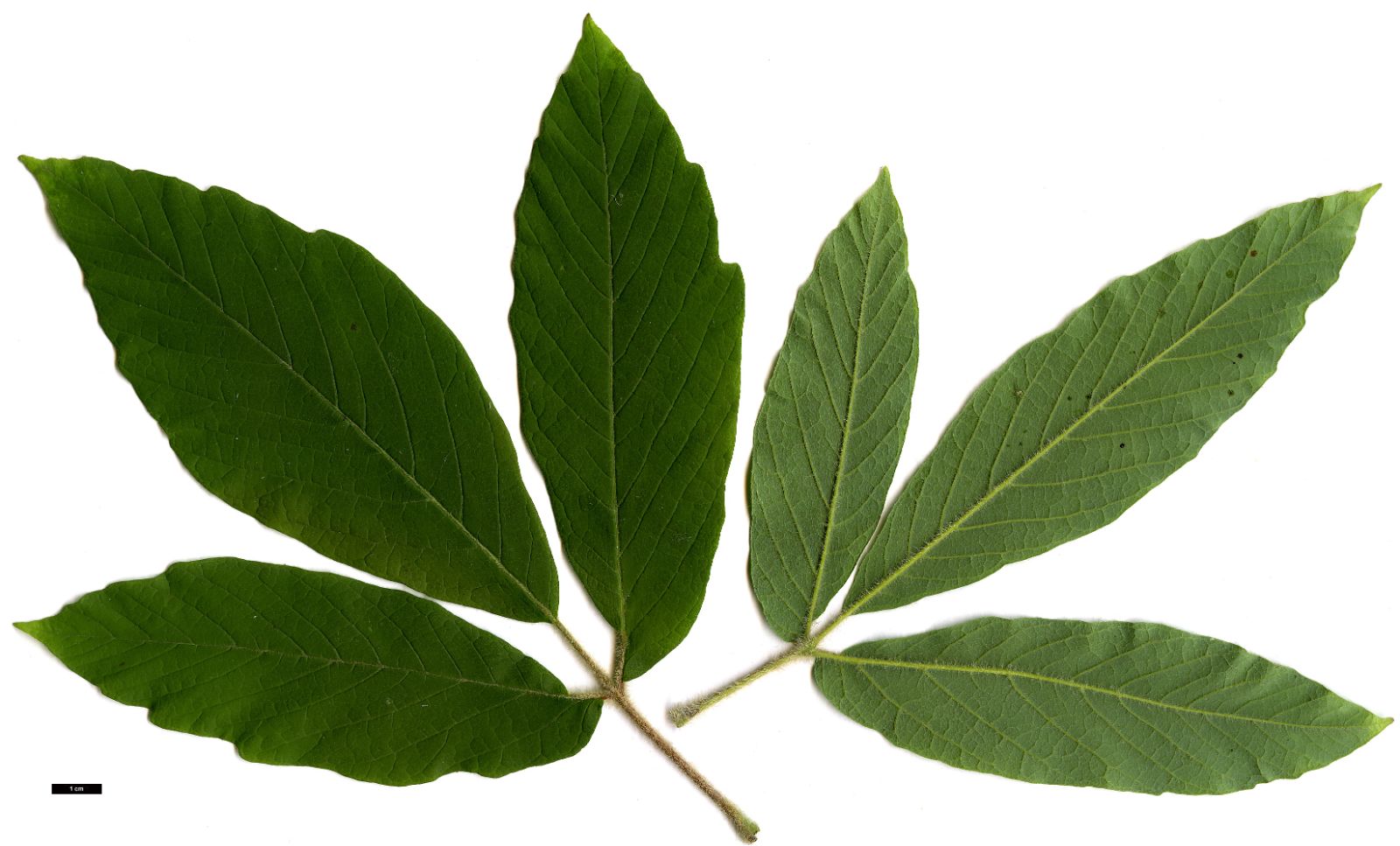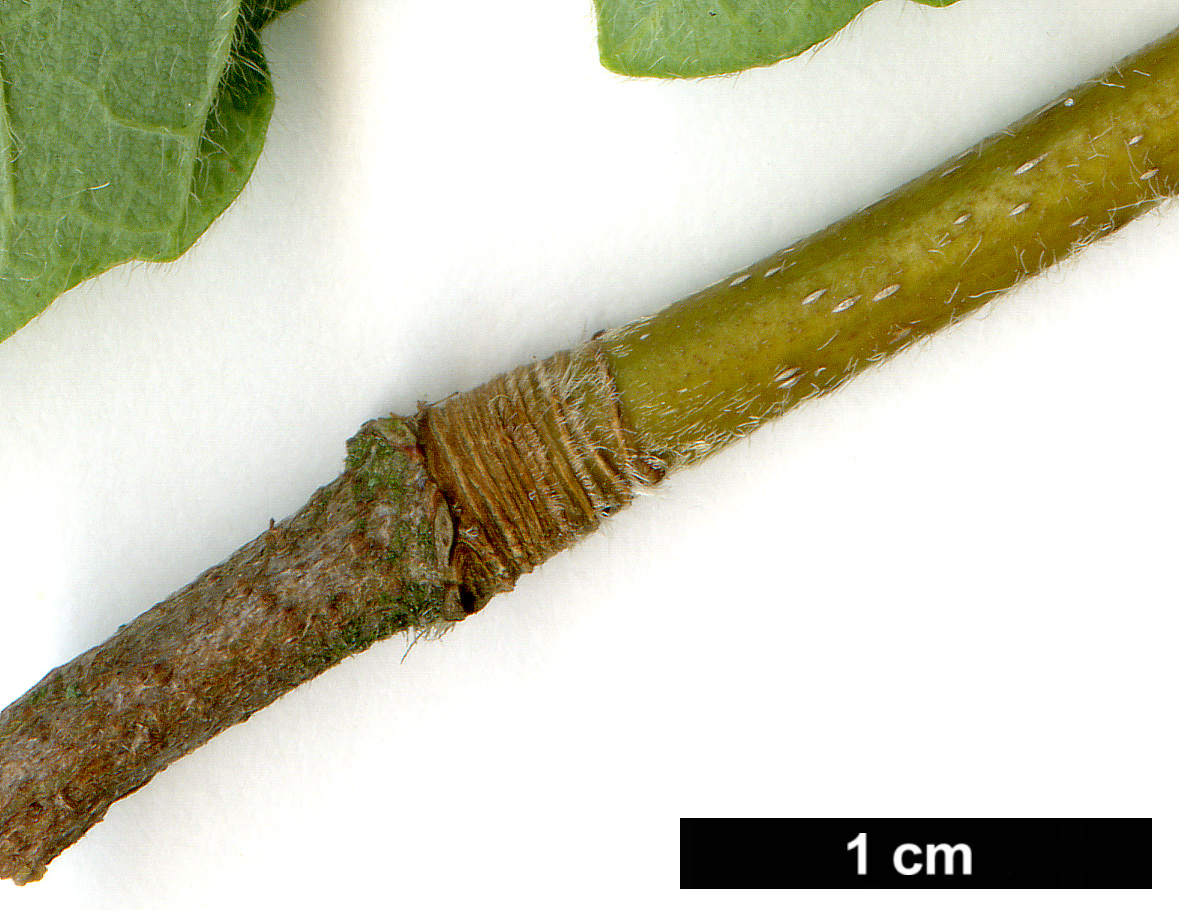Acer maximowiczianum
Sponsor
Kindly sponsored by
a member of the International Dendrology Society
Credits
Article from Bean's Trees and Shrubs Hardy in the British Isles
Recommended citation
'Acer maximowiczianum' from the website Trees and Shrubs Online (treesandshrubsonline.
Genus
Synonyms
- Acer nikoense hort.
Other taxa in genus
- Acer acuminatum
- Acer amplum
- Acer argutum
- Acer barbinerve
- Acer buergerianum
- Acer caesium
- Acer calcaratum
- Acer campbellii
- Acer campestre
- Acer 'Candy Stripe'
- Acer capillipes
- Acer cappadocicum
- Acer carpinifolium
- Acer 'Cascade'
- Acer caudatum
- Acer ceriferum
- Acer chapaense
- Acer chienii
- Acer circinatum
- Acer cissifolium
- Acer × conspicuum
- Acer cordatum
- Acer coriaceifolium
- Acer × coriaceum
- Acer crataegifolium
- Acer davidii
- Acer diabolicum
- Acer distylum
- Acer divergens
- Acer duplicatoserratum
- Acer elegantulum
- Acer erianthum
- Acer 'Esk Flamingo'
- Acer fargesii
- Acer fenzelianum
- Acer flabellatum
- Acer forrestii
- Acer franchetii
- Acer × freemanii
- Acer fulvescens
- Acer 'Gimborn'
- Acer ginnala
- Acer glabrum
- Acer 'Gold Coin'
- Acer granatense
- Acer grandidentatum
- Acer griseum
- Acer heldreichii
- Acer henryi
- Acer × hillieri
- Acer hookeri
- Acer hyrcanum
- Acer japonicum
- Acer kawakamii
- Acer komarovii
- Acer laevigatum
- Acer laurinum
- Acer laxiflorum
- Acer lobelii
- Acer longipes
- Acer macrophyllum
- Acer mandshuricum
- Acer maximowiczii
- Acer metcalfii
- Acer miaotaiense
- Acer micranthum
- Acer 'Mindavi'
- Acer 'Minorient'
- Acer miyabei
- Acer miyabei × campestre
- Acer monspessulanum
- Acer morifolium
- Acer 'Mozart'
- Acer oblongum
- Acer obtusifolium
- Acer okamotoanum
- Acer oliverianum
- Acer opalus
- Acer orientale
- Acer palmatum
- Acer papilio
- Acer pauciflorum
- Acer pectinatum
- Acer pensylvanicum
- Acer pentaphyllum
- Acer pentapotamicum
- Acer pictum
- Acer pilosum
- Acer pinnatinervium
- Acer platanoides
- Acer platanoides × amplum
- Acer platanoides × truncatum
- Acer × pseudoheldreichii
- Acer pseudoplatanus
- Acer pseudosieboldianum
- Acer pubinerve
- Acer pycnanthum
- Acer rubescens
- Acer rubrum
- Acer rufinerve
- Acer saccharinum
- Acer saccharum
- Acer sempervirens
- Acer 'Serpentine'
- Acer serrulatum
- Acer shenkanense
- Acer sieboldianum
- Acer sikkimense
- Acer 'Silver Cardinal'
- Acer 'Silver Ghost'
- Acer sinense
- Acer sinopurpurascens
- Acer spicatum
- Acer stachyophyllum
- Acer taronense
- Acer tataricum
- Acer tegmentosum
- Acer tenellum
- Acer tetramerum
- Acer tibetense
- Acer tonkinense
- Acer triflorum
- Acer truncatum
- Acer tschonoskii
- Acer turkestanicum
- Acer tutcheri
- Acer ukurunduense
- Acer velutinum
- Acer wardii
- Acer 'White Tigress'
- Acer wilsonii
- Acer × zoeschense
Editorial Note
The long confusion over the names A. maximowiczianum and A. nikoense will be explained in full when this species is revised for Trees and Shrubs Online. The text that follows is Bean’s, who discussed this taxon under the name A. nikoense.
A deciduous tree up to 40 or 50 ft high in a wild state, with a trunk 12 to 18 in. in diameter and a round-topped habit; branchlets hairy. Leaves composed of three leaflets on a stout, very hairy main-stalk; terminal leaflet short-stalked, oval, 3 to 5 in. long, 11⁄2 to 21⁄2 in. wide; the side ones obliquely ovate, stalkless, and somewhat smaller; all are either entire at the margins or shallowly and sparsely toothed, and more or less hairy beneath. Flowers yellow, 1⁄2 in. diameter, produced usually three together on drooping hairy stalks 3⁄4 in. long. Fruit with thick, brown-felted nutlets; keys 11⁄2 to 2 in. long; wings 3⁄4 in. broad, rounded, nearly parallel to each other, or diverging to 60° (in cultivation often not so large). Bot. Mag., n.s., t. 387.
Native of Japan, where, according to Sargent, it is widely distributed, but not common; also of Central China. Introduced by Messrs Veitch in 1881, in whose nursery at Coombe Wood, Kingston-on-Thames, was one of the first trees raised from Maries’ seeds, ultimately 30 ft high. Compared with many maples this is not a quick grower, which in small gardens may be counted an advantage, especially as the tree has a most interesting and distinct appearance at all times, and is very beautiful in autumn when the leaves turn rich red or yellow. The winter buds are long and pyramid-shaped, with overlapping scales. In wild specimens collected by Henry in Central China the leaflets are 7 in. long and 3 in. wide.
In cultivation, A. maximowiczianum makes a small bushy tree or vase-shaped shrub. There are a number of examples at Westonbirt, of which the largest are: Mitchell Drive, 43 × 23⁄4 ft; Victory Glade, 42 × 31⁄4 and 40 × 3 ft (1966–7). Others recorded recently are: Hergest Croft, Heref., 35 × 5 ft at 2 ft (1960); East Bergholt Place, Suffolk, 30 × 21⁄4 ft (1966); Sheffield Park, Sussex, 30 × 21⁄2 ft (1960).
From the Supplement (Vol. V) RETAINED FOR HISORICAL COMPLETENESS PENDING REVISION OF THIS ENTRY (OCT 2020)
The above synonym is important, since it seems inescapable that it must supplant the established name A. nikoense Maxim. There has never been the slightest doubt about the identity of the maple described by Maximowicz, in considerable detail. Unfortunately, he cited as a synonym ?Negundo nikoense Miq., and the plant so named by Miquel is in fact either Acer cissifolium or possibly not a maple at all but a species of Parthenocissus (de Jong, Sex Expression in Acer, p. 147). Despite this, the herbarium specimen named Negundo nikoense by Miquel has to be regarded as the type of the name A. nikoense Maxim. Subsequently Miquel himself remarked that his Negundo nikoense was not the species described by Maximowicz and proposed for the latter the name A. maximowiczianum, which means that the genus will have one species under this name and another called A. maximowiczii. The International Code of Botanical Nomenclature permits this.
specimens: Nymans, Sussex, 40 × 41⁄4 ft at 1 ft (1983); Sheffield Park, Sussex, 40 × 33⁄4 ft and 50 × 41⁄4 ft (1979); Exbury, Hants, 52 × 31⁄4 ft (1978); Westonbirt, Glos., Mitchell Drive, 48 × 33⁄4 ft (1980), Victory Glade, 46 × 33⁄4 ft (1975), Main Avenue, 46 × 33⁄4 ft (1974); Hergest Croft, Heref., 40 × 51⁄4 ft at 2 ft (1971); East Bergholt Place, Suffolk, 46 × 41⁄2 ft (1973); Killerton, Devon, 42 × 4 ft (1985); Caerhays, Cornwall, 46 × 31⁄2 ft and 46 × 31⁄4 ft (1984); Trewithen, Cornwall, 44 × 41⁄4 ft (1985).


